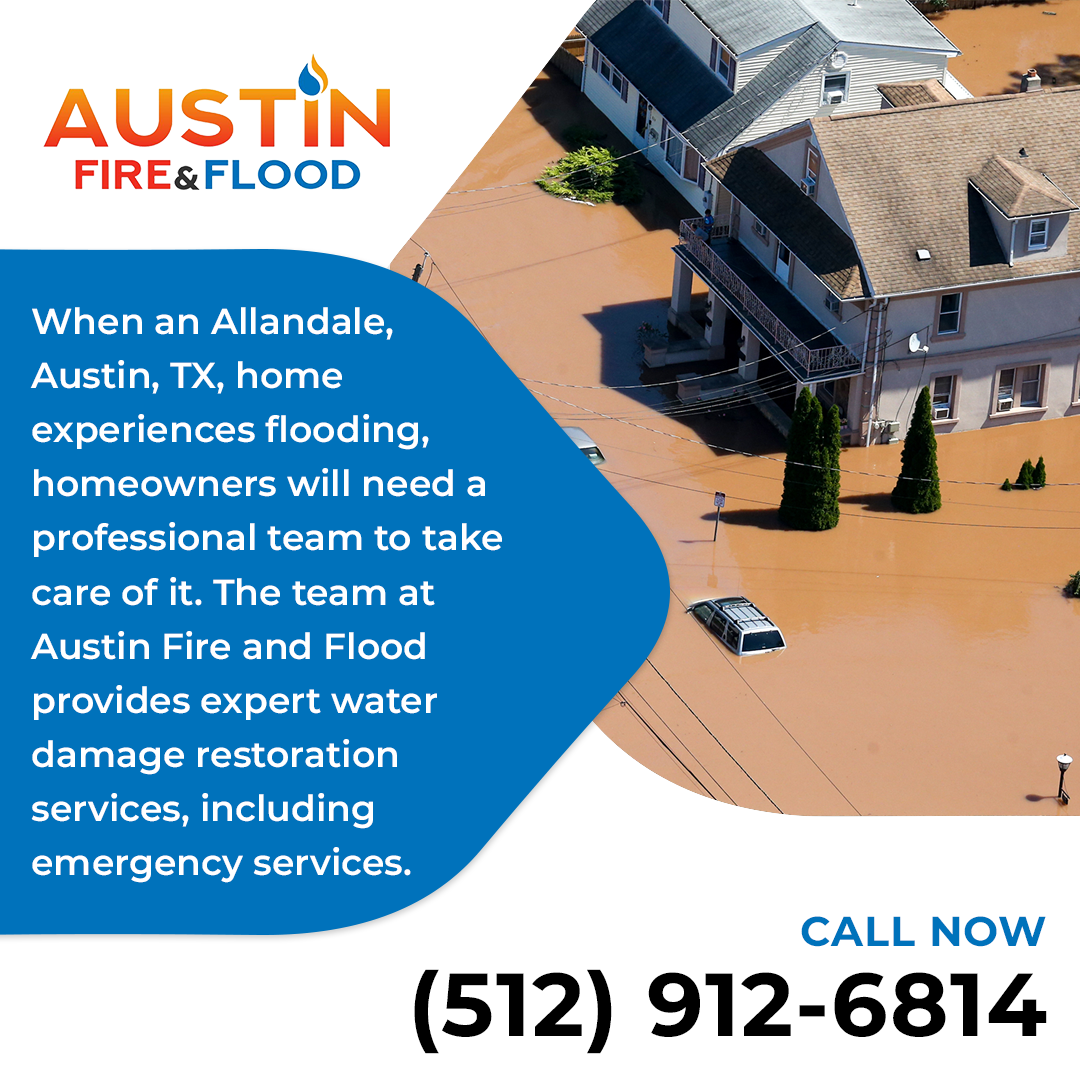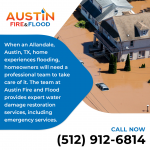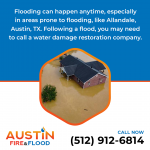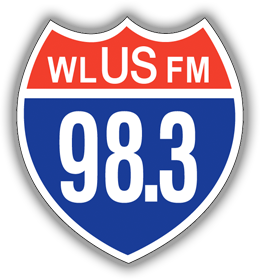Homeowners who live closer to the coastline or large bodies of water such as rivers or lakes are more susceptible to flooding. However, homeowners don't need a beachfront property to live in a flood zone or require help from a water damage restoration company.
If they live in a flood zone, homeowners should know how to lower the overall risks of flooding. This knowledge can help them avoid higher insurance costs and needing extensive home repairs in Allandale, Austin, TX.
.png)
What Is a Flood Zone?
All homes can be vulnerable to flooding, but some face more significant risks. Essentially, the more a home is at risk of flooding, the higher a homeowner's insurance premiums can be.
The Federal Emergency Management Agency (FEMA) website has a tool that makes it easy to check for flooding risks, floodways, and flood zones. Flood zones, as designated by FEMA, are areas susceptible to flooding of varying degrees: low, moderate, and high risks.
Using FEMA's Flood Map Service Center, homeowners can check an area's flood zone. This tool features in-depth information, including base flood lines, coastal barriers, and levees.
How to Read FEMA's Flood Map
FEMA doesn't designate any region as being a no-risk zone. Instead, FEMA defines two flood area categories: Special Flood Hazard Areas (SFHAs) and Non-Special Flood Hazard Areas (NSFHA).
SFHAs
These special flood zones carry greater flooding risks and include any zones that start with A or V. Other features include:
- During a homeowner's 30-year mortgage, they can expect a flooding risk of one in four.
- Homeowners must own flooding insurance if they own property in this zone.
- Floodplain management structures require enforcement from The National Flood Insurance Program (NFIP).
NSFHAs
NSFHAs have many more zones throughout the country, including low to moderate flooding risk zones. For example, a home in Zone B carries a moderate risk of flooding, while a house in Zone C carries a low risk.
Despite lower flooding risks, these areas still carry a one-in-four chance of flooding.
How to Protect a Home from Flooding?
Flooding can happen anytime, especially in areas prone to flooding, like Allandale, Austin, TX. Following a flood, you may need to call a water damage restoration company.
Before flooding occurs, however, homeowners can take steps to protect their homes and families. First, every home should have a flood sensor. These sensors can detect any natural or unnatural flooding before they happen.
Investing in Flood Insurance
Unfortunately, flooding can occur even with preventative measures. To protect their finances, many homeowners choose to invest in flooding insurance. Properties in a high-risk flooding zone must have flood insurance.
Sometimes, lenders require a homeowner to have flooding insurance before obtaining a mortgage. Both federal (National Flood Insurance Program) and private flood insurance exist.
Homeowners with properties exceeding $250,000 and items exceeding $100,000 may decide that private flood insurance is the better option. However, private lenders can cancel their insurance policies at any time.
.png)
Water Damage Restoration by Austin Fire and Flood
When an Allandale, Austin, TX, home experiences flooding, homeowners will want a professional team to take care of it.
The team at Austin Fire and Flood, provides expert water damage restoration services, including emergency services. Schedule an appointment with them today at (512) 912-6814.
































